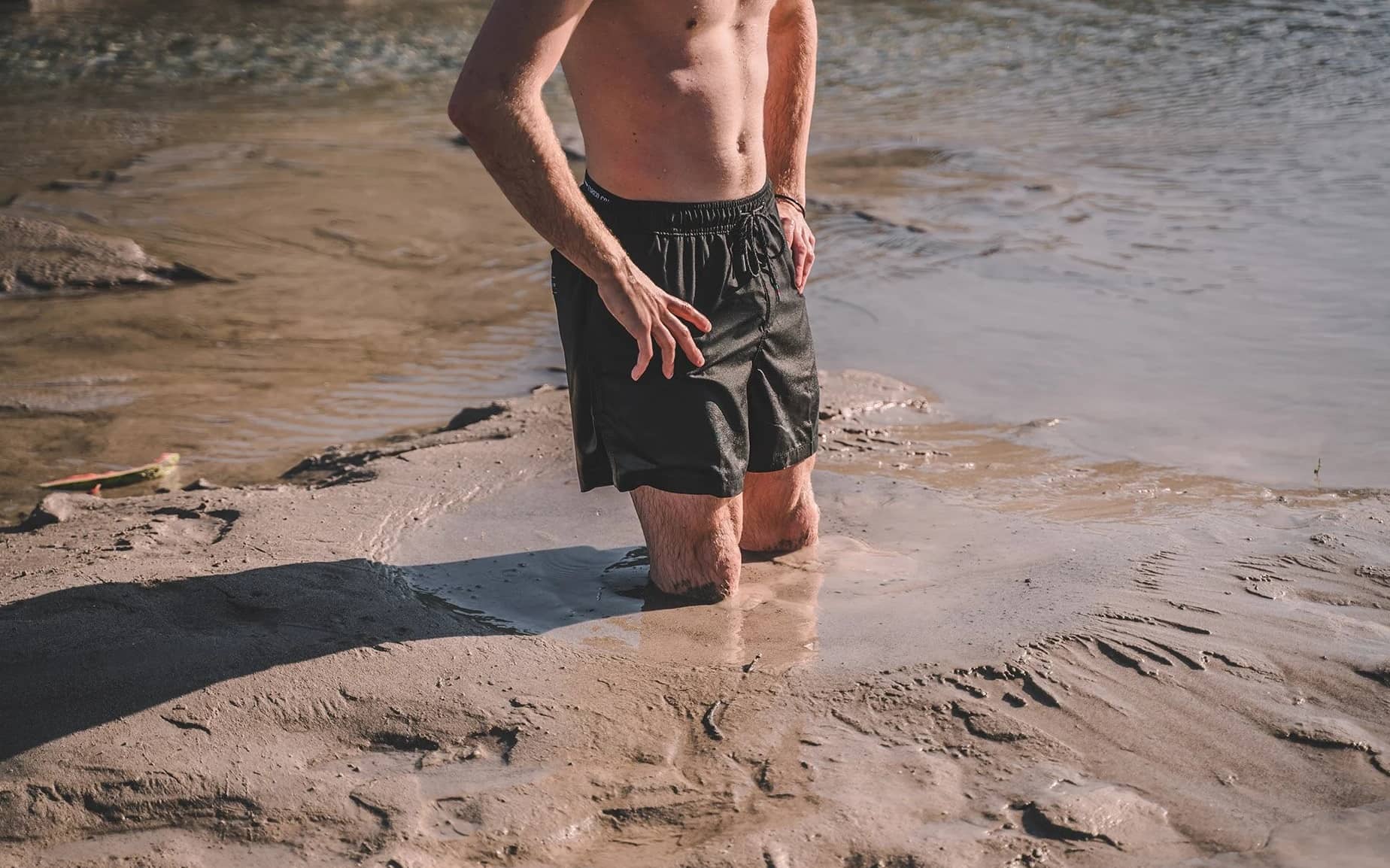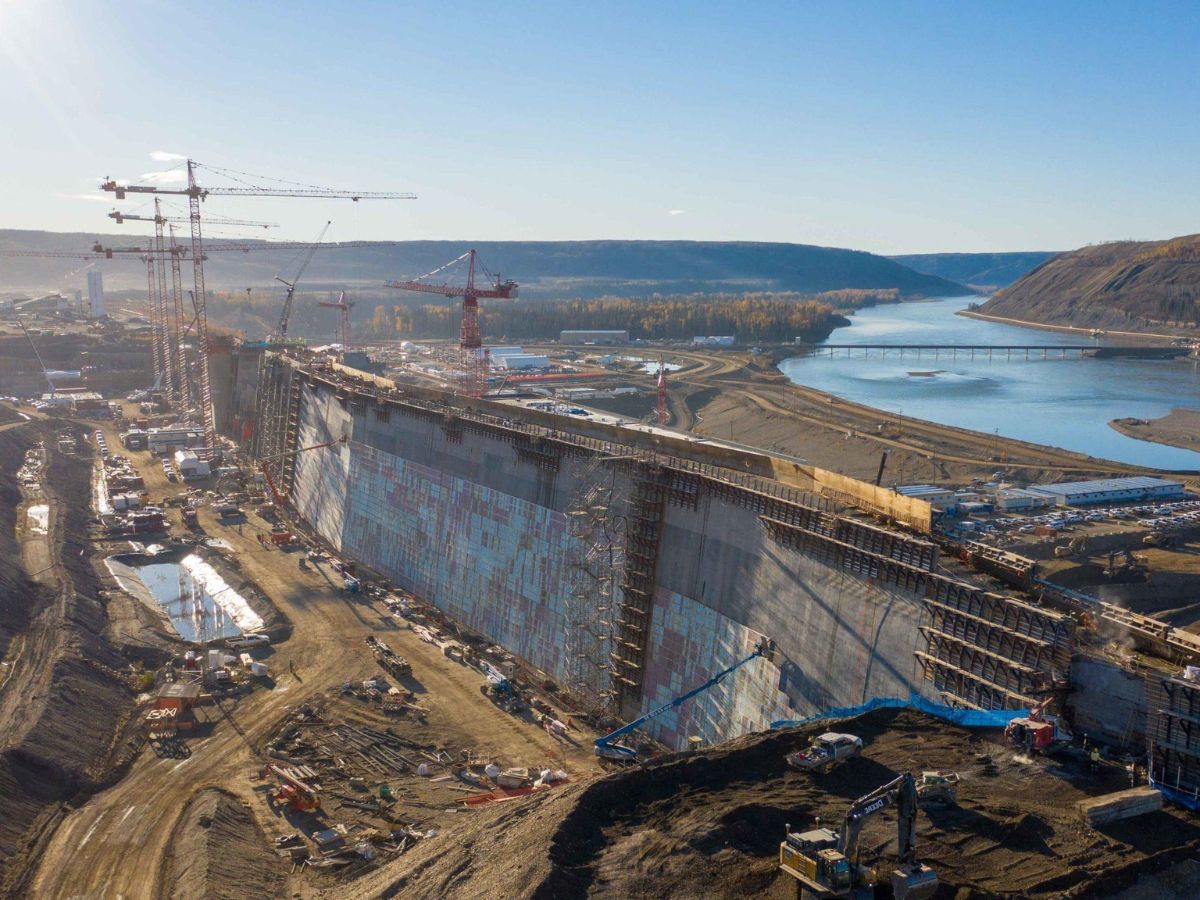
Quicksand has long captured the imagination of adventurers and storytellers, often depicted as a perilous trap in movies and literature. However, the reality of quicksand is far more intriguing than its fictional portrayals. In this article, we will delve into 20 fascinating facts about quicksand, shedding light on its formation, behavior, and the truth behind its notorious reputation. From its occurrence in various parts of the world to the science behind its unique properties, quicksand is a natural wonder that continues to captivate and mystify. Join us as we unravel the mysteries of this enigmatic substance and gain a deeper understanding of its role in the natural world.
Key Takeaways:
- Quicksand is a mixture of sand, clay, and water that behaves like a fluid, found in various locations. It’s not as dangerous as portrayed in media and can be navigated with the right approach.
- Quicksand has inspired myths and legends, but with awareness and caution, its risks can be minimized. Its study contributes to broader scientific understanding and continues to captivate the human imagination.
Quicksand is a mixture of sand, clay, and water.
Quicksand is a fascinating natural phenomenon that occurs when water saturates an area of loose sand and clay, creating a mixture that behaves like a fluid. This unique substance has captured the imagination of many, often depicted in movies and literature as a perilous trap. But what are the facts behind this mysterious substance? Let's delve into "20 Facts About Quicksand" to uncover the truth and dispel the myths surrounding this intriguing natural occurrence.
Quicksand can be found in various locations around the world.
From coastal areas to riverbanks and marshes, quicksand can be found in diverse environments across the globe. Its presence is often associated with regions where the ground is saturated with water, such as near rivers, lakes, or coastal areas. Understanding the geographical distribution of quicksand can help individuals recognize potential risk areas and take necessary precautions when venturing into these regions.
Quicksand is not a unique type of soil.
Contrary to popular belief, quicksand is not a distinct type of soil. Instead, it is a temporary condition that occurs when loose sand and clay are saturated with water, causing the mixture to lose its strength and behave like a liquid. This transformation can catch unsuspecting individuals off guard, as the ground they were walking on suddenly gives way, leading to the characteristic sinking sensation associated with quicksand.
Quicksand is not typically a deep or life-threatening hazard.
Despite its portrayal in popular media, most instances of quicksand are not deep enough to swallow a person whole. In reality, the density of the human body is usually greater than that of quicksand, preventing individuals from sinking entirely beneath the surface. However, the sensation of being trapped in quicksand can still be distressing and potentially dangerous, especially if the surrounding conditions pose additional risks.
Quicksand can be navigated with the right approach.
While encountering quicksand can be alarming, there are strategies for safely navigating through it. By maintaining a calm demeanor and distributing body weight evenly, individuals can often float on the surface of the quicksand and gradually maneuver their way to firmer ground. Understanding these techniques can provide valuable knowledge for anyone venturing into areas where quicksand may be present.
Quicksand is not a living organism.
Despite its portrayal in fiction as a sentient, malevolent force, quicksand is simply a natural occurrence resulting from the interaction of water and loose sediment. It does not possess the ability to actively "swallow" or consume objects, as commonly depicted in adventure stories and films. By dispelling these misconceptions, individuals can approach the topic of quicksand with a clearer understanding of its properties and behaviors.
Quicksand can be identified by its characteristic appearance.
Quicksand often exhibits visual cues that can help individuals recognize its presence. It typically appears as a patch of wet, loose sand with a soupy consistency, resembling a thick slurry rather than stable ground. By familiarizing themselves with the visual indicators of quicksand, people can exercise caution and avoid inadvertently stepping into these potentially hazardous areas.
Quicksand's density and viscosity can vary.
The properties of quicksand, such as its density and viscosity, can vary depending on factors such as water content and sediment composition. This variability contributes to the unpredictable nature of quicksand, as its behavior may differ from one location to another. Understanding these dynamics can provide valuable insights for researchers and individuals seeking to mitigate the risks associated with encountering quicksand.
Quicksand has been the subject of scientific study for centuries.
The enigmatic nature of quicksand has captivated the curiosity of scientists and researchers throughout history. From early observations to modern experiments, the study of quicksand has contributed to our understanding of fluid dynamics, sediment behavior, and geological processes. By delving into the scientific investigations surrounding quicksand, we can gain a deeper appreciation for the complexities of this natural phenomenon.
Quicksand has inspired myths and legends across cultures.
The mysterious and treacherous nature of quicksand has permeated folklore and mythology, giving rise to tales of perilous swamps and impassable bogs. Across different cultures, quicksand has been woven into stories as a symbol of danger and uncertainty, reflecting humanity's enduring fascination with the unknown. Exploring these cultural narratives can offer a glimpse into the enduring impact of quicksand on the human imagination.
Quicksand poses minimal risk when approached with awareness and caution.
While quicksand may evoke fears of entrapment and peril, the actual risk it poses can be mitigated through knowledge and preparedness. By understanding the conditions that give rise to quicksand and adopting prudent behavior in vulnerable environments, individuals can navigate these areas safely. This awareness empowers people to appreciate the natural world while minimizing potential hazards.
Quicksand's portrayal in popular media has perpetuated misconceptions.
The depiction of quicksand in movies, television shows, and literature has often exaggerated its dangers, perpetuating misconceptions about its true nature. By scrutinizing these fictional portrayals and contrasting them with scientific understanding, we can discern the disparity between sensationalized fiction and the reality of quicksand. This critical perspective fosters a more informed and rational approach to discussing and addressing the topic of quicksand.
Quicksand can serve as a metaphor for challenging situations.
Beyond its physical properties, quicksand has been metaphorically linked to situations that evoke feelings of entrapment and struggle. This symbolic association underscores the enduring relevance of quicksand in our cultural lexicon, offering a lens through which to contemplate adversity and resilience. By exploring these symbolic connections, we can appreciate the enduring significance of quicksand as a metaphorical concept.
Quicksand's behavior is influenced by external factors.
The behavior of quicksand is influenced by a range of external factors, including water flow, sediment composition, and environmental changes. These dynamics contribute to the complexity of quicksand's behavior, shaping its interactions with the surrounding landscape. By examining these influences, researchers and enthusiasts gain valuable insights into the multifaceted nature of quicksand and its role within natural ecosystems.
Quicksand has been featured in literature and art for centuries.
The evocative nature of quicksand has inspired artists, writers, and creators across diverse mediums, leading to its portrayal in literature, paintings, and other forms of artistic expression. These depictions often capture the dramatic allure of quicksand, perpetuating its mystique in the collective imagination. Exploring the artistic representations of quicksand provides a window into the enduring fascination with this natural phenomenon.
Quicksand's formation is tied to hydrogeological processes.
The formation of quicksand is intricately linked to hydrogeological processes, encompassing the movement of water through porous sediments and the resulting changes in sediment behavior. Understanding these processes sheds light on the conditions that give rise to quicksand, offering valuable insights into the interconnectedness of water, sediment, and geological phenomena.
Quicksand's presence underscores the dynamic nature of natural landscapes.
The occurrence of quicksand serves as a reminder of the dynamic and ever-changing nature of natural landscapes. From shifting riverbanks to coastal marshes, the presence of quicksand highlights the ongoing processes that shape the Earth's surface. By recognizing the role of quicksand within these dynamic environments, we gain a deeper appreciation for the intricate interplay of geological forces.
Quicksand has been a source of fascination for explorers and adventurers.
Throughout history, explorers and adventurers have encountered quicksand in their journeys, adding to the allure and mystique of this natural phenomenon. Their accounts and observations have contributed to the collective understanding of quicksand, enriching our knowledge of its behaviors and the challenges it presents to those traversing unfamiliar terrains. Exploring these historical encounters offers a glimpse into the enduring allure of quicksand in exploration narratives.
Quicksand's study contributes to broader scientific understanding.
The study of quicksand extends beyond its specific properties, offering insights into broader scientific disciplines such as geology, hydrology, and sedimentology. By examining quicksand within the context of these fields, researchers can uncover valuable knowledge that informs our understanding of Earth's processes and the complexities of natural systems. This interdisciplinary approach underscores the significance of quicksand as a subject of scientific inquiry.
Quicksand continues to captivate the human imagination.
Despite scientific explanations and rational perspectives, quicksand remains a captivating subject that resonates with the human imagination. Its enigmatic nature, symbolic associations, and historical allure ensure that quicksand will endure as a source of fascination and contemplation for generations to come. Embracing the enduring intrigue of quicksand invites us to explore the intersection of science, culture, and the mysteries of the natural world.
In conclusion, "20 Facts About Quicksand" offers a multifaceted exploration of this captivating natural phenomenon, encompassing its scientific underpinnings, cultural resonance, and enduring significance. By unraveling the truths behind quicksand and dispelling misconceptions, we gain a deeper appreciation for the complexities of the natural world and the enduring allure of enigmatic phenomena. Whether viewed through a scientific lens or contemplated as a metaphorical symbol, quicksand invites us to ponder the mysteries that lie beneath the surface of our understanding, beckoning us to explore, learn, and embrace the wonders of the world around us.
Conclusion
In conclusion, quicksand is a fascinating natural phenomenon that has captured the imagination of people for centuries. Despite its portrayal in movies and literature, quicksand is not the deadly trap it is often made out to be. It is simply a mixture of sand, water, and clay that behaves like a non-Newtonian fluid. Understanding the science behind quicksand can help dispel the myths and misconceptions surrounding it. By being aware of its characteristics and knowing how to react if you ever encounter it, you can navigate through natural environments with confidence and a deeper appreciation for the wonders of nature.
FAQs
Is quicksand as dangerous as it is depicted in movies and TV shows?Quicksand is not as dangerous as it is often portrayed in popular media. While it can be challenging to escape from, it is not a bottomless pit that swallows unsuspecting victims. With the right knowledge and techniques, it is possible to safely extricate oneself from quicksand.
Where can quicksand be found?Quicksand can be found in various parts of the world, including riverbanks, marshes, coastal areas, and other locations where sand, water, and clay are present. It is important to exercise caution and awareness when exploring these environments to avoid potential encounters with quicksand.
Was this page helpful?
Our commitment to delivering trustworthy and engaging content is at the heart of what we do. Each fact on our site is contributed by real users like you, bringing a wealth of diverse insights and information. To ensure the highest standards of accuracy and reliability, our dedicated editors meticulously review each submission. This process guarantees that the facts we share are not only fascinating but also credible. Trust in our commitment to quality and authenticity as you explore and learn with us.


